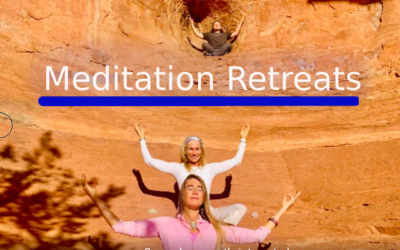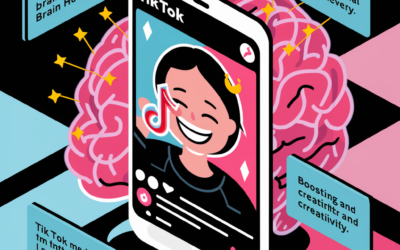This form of editing is taking advantage of our short attention spans by making videos that slot into those short windows of focus. It matches our pulse of focus in a way that keeps us pumped for wanting more.
This phenomenon is embodied in the high-energy, in-your-face editing style that has permeated the Internet, captivating millions of viewers. However, the question arises: is this style truly enhancing our viewing experience, or is it merely a ploy to keep us watching without necessarily entertaining us?
Retention, measured as the percentage of a video watched in relation to its total views, has swiftly become the benchmark for video success on platforms like YouTube. At the forefront of this movement is the concept of "retention editing," a style meticulously crafted to maximize viewer engagement until the very last frame. What characterizes this style is a barrage of attention-grabbing elements, such as shocking statistics, daring challenges, and constant promises of novelty.
Consider, for instance, the videos featuring scenarios like being trapped in complete darkness with an assassin or surviving in the middle of the ocean surrounded by sharks. These videos share a common thread – they leverage our innate proclivity for loud noises, flashing lights, and a craving for novelty. In today's entertainment landscape, where attention spans are short and alternative options abound, these techniques prove effective. YouTube giants employing such retention based video methods consistently retain over 70% of their audience, a stark contrast to the average video's retention rate of 30 to 40%.
Yet, there lies a conundrum. Many creators equate retention with entertainment, assuming that if viewers aren't clicking away, they must be thoroughly engaged. This, however, is a causal fallacy. Human psychology is complex, with patterns that can be exploited to maintain engagement even when true enjoyment is lacking. This reliance on psychological tricks, while effective in retaining attention, neglects the core elements of character, story, and emotion that form the backbone of any meaningful video.
Moreover, the push for high retention rates has led to the rise of content characterized by manufactured conflicts and overstimulation. Take, for instance, a video detailing a supposedly urgent situation, only to have it swiftly resolved without meaningful impact on the overall narrative. Such videos, driven by the need to keep viewers hooked, undermine the essence of storytelling, resulting in a dissatisfying, hollow, and forgettable viewing experience.
The root of this issue lies in the business model of content platforms, where the longer a creator can keep a user on the site, the more opportunities exist for advertising. This incentivizes creators to prioritize attention-capturing techniques over genuine entertainment, fostering a landscape of cookie-cutter content and the homogenization of videos across platforms.
However, it's crucial to recognize that retention editing is a tool, not inherently good or bad. Its misuse stems from the safety it provides in preventing viewer attention from wandering elsewhere. Yet, there are creators who reject this approach, opting instead to focus on compelling storytelling, and their success is evident. Some creators strike a balance, incorporating retention editing into character-based concepts, demonstrating that innovation is possible without sacrificing substance.
As winds of change sweep through content creation platforms, an increasing number of creators are steering away from psychological hacks, embracing a shift towards storytelling. This transition signals a hopeful future where content aspires to be more than a mere remedy for boredom, offering viewers a richer and more fulfilling experience.























